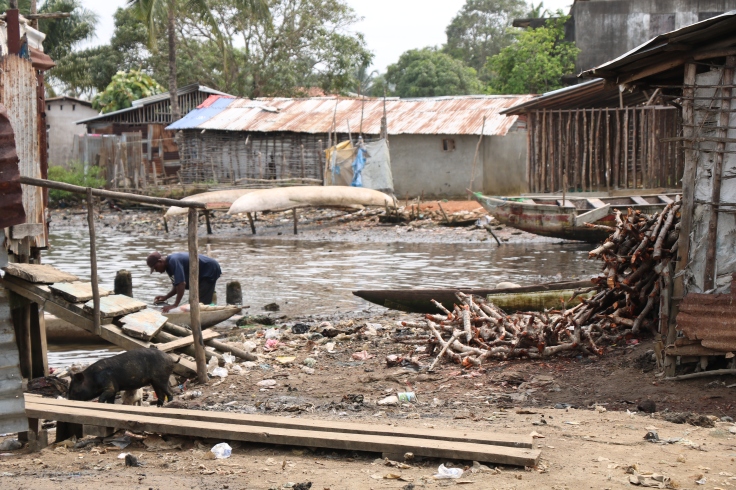In our second week in Harper, in the isolated South East of Liberia, we began the school’s baseline assessments, testing twenty-four children from every school to compare their performance and tailor future teacher training sessions.
While students in Street Child schools in other counties had scored around 40% on average in a series of maths and literacy tasks, an already worrying score, students in Maryland were hitting around 15%. In a number of schools, eleven-year-old students were struggling to write their names and answer basic maths questions, and really underlined the crisis state of education in the region and the country as a whole.
However, with the government driving a real focus on overhauling the country’s education system, and with increased international support in the stability of the current political climate, there is hope that things will start to improve in the future.

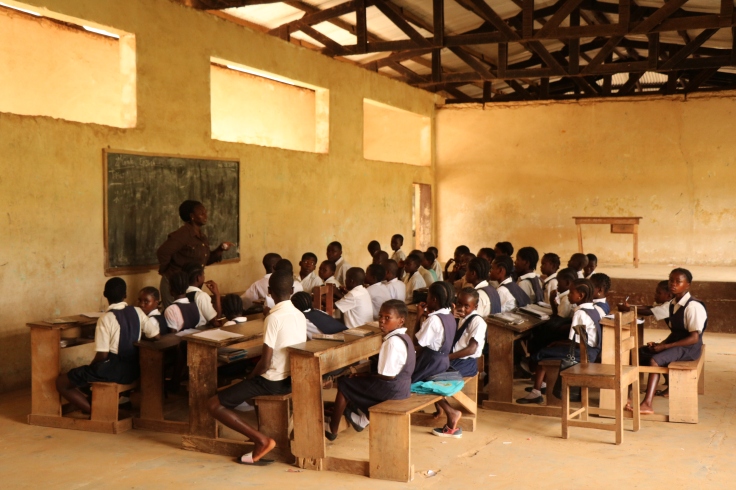

Some of the schools proved a real mission to get to, way out in the bush, with fallen trees blocking the way, demanding some cutting and heavy lifting & shifting to clear a path. Not too surprisingly, these schools often struggled most with their academic performance, but they also stand to gain the most from an increasing intervention. Many of these rural schools are almost completely forgotten by the Ministry of Education, and the District Education Officers are even unsure of where they are located. With further learning materials, teacher training and guidance, these communities’ schools will be able to make huge steps forward.


After the assessments each day, we began visits into the communities throughout Harper, to better understand the needs of each area, and plan which of Street Child’s social work and business programmes would be of most benefit.
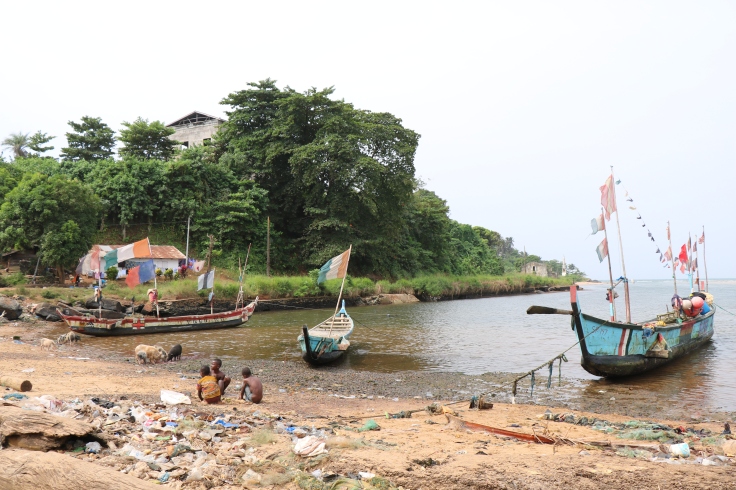

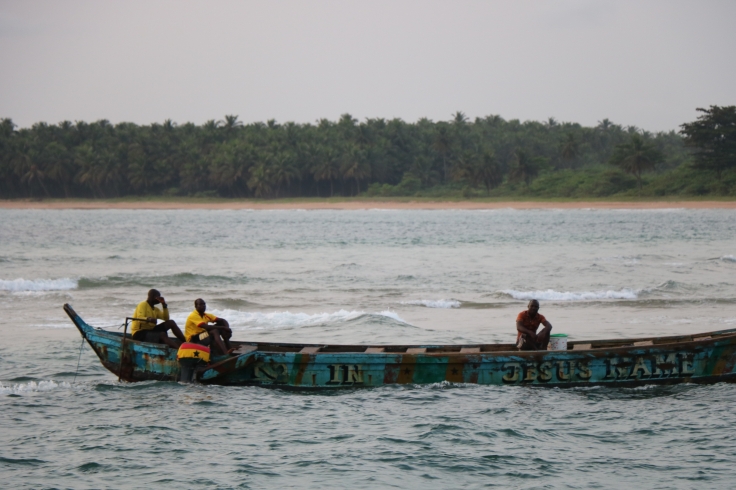
Fishing boats by Old Kru Town: one of Harper’s staple industries is fishing, and even young teenage boys can be seen braving the enormous ocean swells along the coast to bring in their catch every day.
The tidal race is dangerously powerful, and fishermen can be caught for hours battling to make progress against the tide off the cape. These strong ocean currents also bring in huge quantities of plastic off the waters, and combined with the almost non-existent garbage collection, leave swathes of litter along the beaches.
The harbour area is filled with closely-packed corrugated metal and tarpaulin houses, and selling the fresh catches and washing clothes constitute the main businesses in this community.

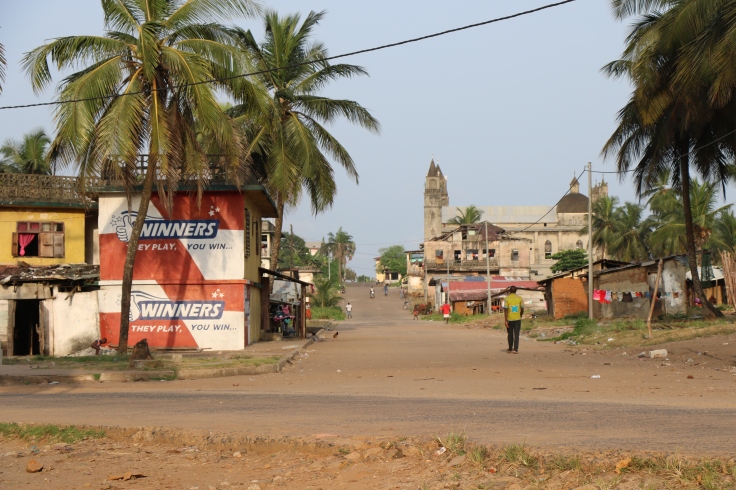
Nekanbo: a large community bordered by the coast on one side and the main street of the city on the other, Nekanbo is filled with countless abandoned, burnt-out buildings left over from the civil war and the Ebola Crisis. These are now mainly lived in by squatters and some of the city’s poorest residents, with large groups of street children congregating on the beach.
Within Nekanbo, an unfinished concrete building and work yard have been given the nickname ‘The Embassy’, and are home to around eighty men who are struggling to make a living on the streets. This compound, owned by a man named Hodge, is an area of relative safety and shelter from the elements, where the men can sleep under a roof and help each other to find food from day to day.
As we walked in, it was difficult not to feel on edge in the middle of the compound, as a large group of powerfully-built men quickly swelled around us, desperately interested to find out what was happening. However, once they learnt that we were only there to offer support and to speak to a few people about how Street Child might be able to help them, they were instantly accommodating, bringing out chairs for us to sit on and eager to talk about their stories.
Violence and drug use was clearly high in the area, as many of the men were high on cannabis, with cuts across their cheeks from fighting, and infected sores on their arms and legs from the difficult living conditions.
Yet, none of the group had chosen that path on purpose. One man had led an impressive career working for several NGOs in school guidance, database management, as a technician and as a security officer. However, when all of the NGOs had left after the Crisis, and the community had seen most of its businesses go under, he was struggling to find work to support his family and keep his two daughters in school, and had resorted to dealing cannabis.
Another twenty-eight-year-old man had been in university in Harper, funded by his father, but when his father had died, he had been forced to drop out. Without any money to carry on his studies, to set up a business or to get home to his struggling mother, he was now trapped in Harper, and had ended up in The Embassy under Hodge’s care.
Thankfully, there weren’t too many younger children living in the compound, but one sixteen-year-old girl explained how she had run away from home to escape her father’s beatings, and so had ended up out of school, and without a job or a home.
Unfortunately, Liberia currently possesses next to no social welfare infrastructure to support people in these positions, and so with little chance of outside help or ways out of their situation, life can often seem bleak.
